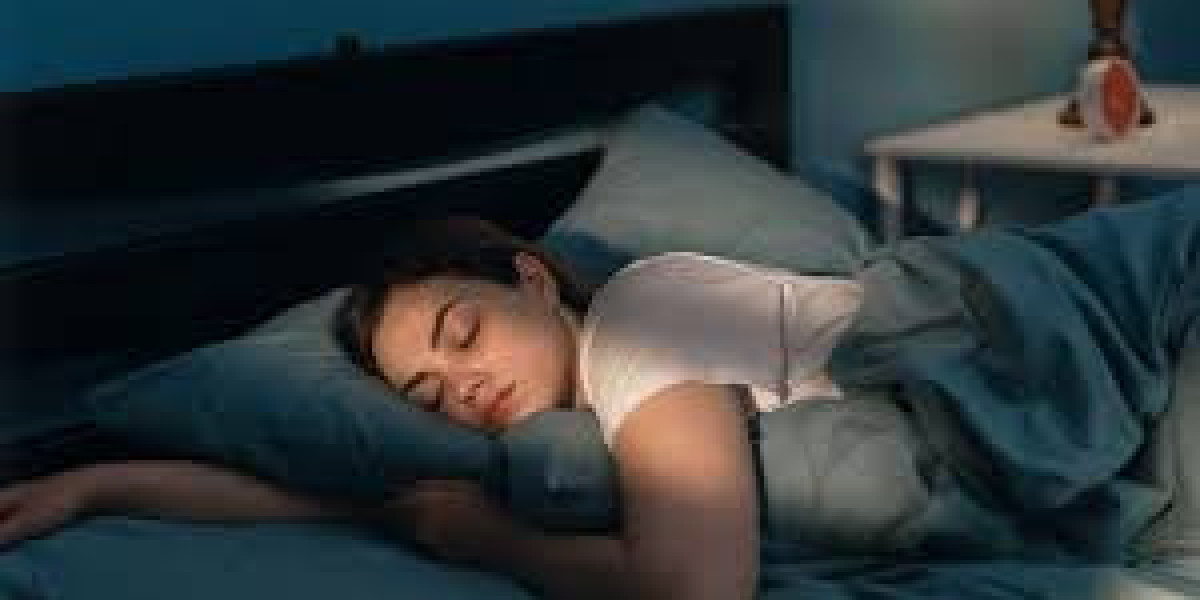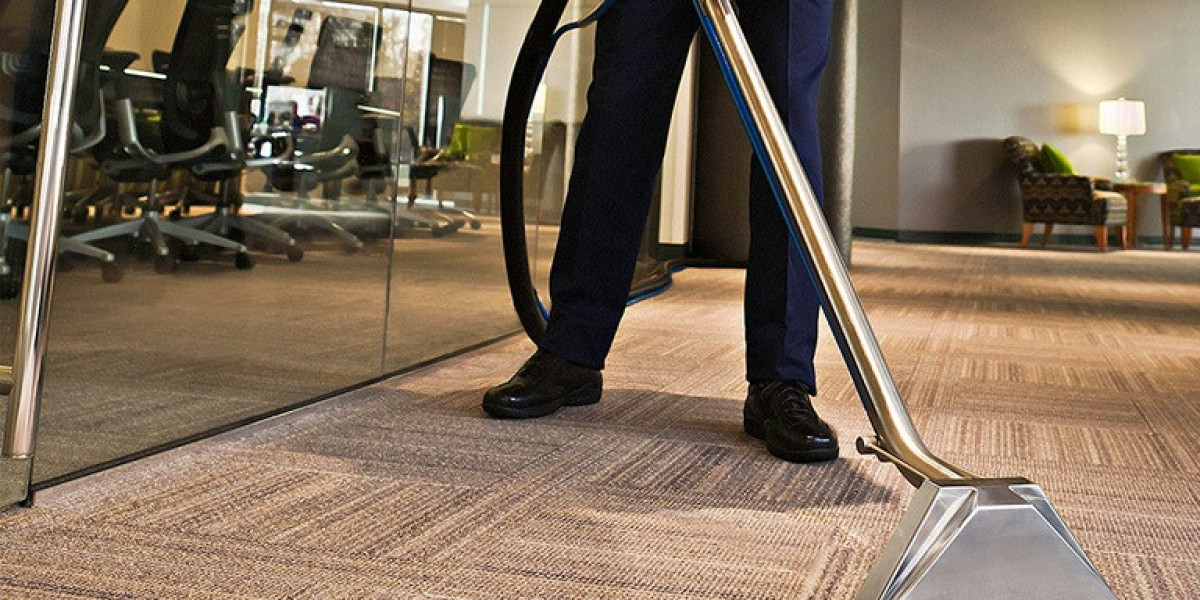Sleep plays a vital role in memory, mood, immunity, and health in general. When adults have chronic fatigue, poor concentration, or daytime sleepiness even after sleeping throughout the night, narcolepsy and sleep apnea are usually the behind-the-scenes perpetrators.
Although they have some similar symptoms, these two sleep disorders differ in causes, mechanisms, and treatment. Being aware of the difference is essential to receive the proper assistance.
This guide explains the main differences between narcolepsy and sleep apnea in adults, including symptoms, causes, diagnosis, and treatment.
What Is Narcolepsy?
Narcolepsy is a long-term neurological disorder that interferes with the brain's control over sleep and wakefulness. Narcolepsy adults tend to sleep suddenly and involuntarily, even during activity.
Symptoms in Adults:
Excessive daytime sleepiness
Cataplexy (sudden muscle weakness during strong emotions)
Sleep paralysis (temporary inability to move while falling asleep or waking)
Hallucinations during sleep-wake transitions
Fragmented nighttime sleep
Cause:
Narcolepsy Type 1 is linked to low levels of hypocretin, a brain chemical that regulates wakefulness. Genetics, autoimmunity, or infections may play a role.
What Is Sleep Apnea?
Sleep Apnea, particularly Obstructive Sleep Apnea (OSA), occurs when the airway collapses or becomes blocked during sleep, leading to breathing pauses and poor oxygen flow.
Symptoms in Adults:
Loud snoring
Choking or gasping during sleep
Morning headaches
Fatigue and poor concentration
Dry mouth upon waking
Irritability or mood swings
Cause:
OSA is often caused by excess weight, throat muscle relaxation, or structural airway issues. Central Sleep Apnea (less common) results from brain signal failure to breathing muscles.
Shared Symptoms—but Different Origins
Both narcolepsy and sleep apnea can cause:
Daytime sleepiness
Concentration problems
Mood disturbances
Sleep fragmentation
However, narcolepsy stems from brain chemistry, while sleep apnea stems from airway obstruction. This difference is crucial for diagnosis and treatment.
How They’re Diagnosed
Narcolepsy Diagnosis:
Polysomnography (PSG): Overnight sleep study
Multiple Sleep Latency Test (MSLT): Measures how quickly you fall asleep and enter REM sleep
CSF Test for Hypocretin: For Type 1 narcolepsy
Sleep Apnea Diagnosis:
Polysomnography (PSG): Measures apnea episodes and oxygen levels
Home Sleep Apnea Test (HSAT): Less detailed, more convenient
Apnea-Hypopnea Index (AHI): Measures severity of sleep apnea
Sleep Cycle Differences
Narcolepsy:
Enters REM sleep too quickly (within 15 minutes)
Misses deep restorative stages
Unstable transition between sleep and wake states
Sleep Apnea:
Interrupted cycles due to apnea episodes
Rarely reaches deep sleep or REM sleep
Oxygen drops disturb brain activity and memory processing
Treatment Options for Adults
Narcolepsy Treatment:
Modafinil or Armodafinil: Boosts wakefulness
Sodium Oxybate: Helps with deep sleep and cataplexy
Antidepressants: Manage REM-related symptoms
Lifestyle changes: Scheduled naps, sleep hygiene
Sleep Apnea Treatment:
CPAP (Continuous Positive Airway Pressure): Gold-standard
Oral appliances: Custom-fitted to keep airway open
Weight loss & alcohol reduction: Improve airway function
Surgical options: UPPP, Inspire implant (in severe cases)
Can You Have Both?
Yes, it’s possible to have both narcolepsy and sleep apnea, especially in adults. This condition is often underdiagnosed and may require both medication and CPAP therapy to manage effectively.
When to See a Sleep Specialist
If you:
Fall asleep during the day despite good rest
Experience loud snoring or wake up gasping
Have trouble concentrating or feel mentally foggy
Wake up unrefreshed or suffer from memory lapses
…you should consult a board-certified sleep specialist. Early diagnosis improves quality of life and prevents long-term health issues.
Final Thoughts: Know Your Sleep to Improve Your Life
Narcolepsy and sleep apnea in adults may seem similar but are fundamentally different conditions. Understanding these differences helps you seek the right diagnosis, treatment, and lifestyle changes to improve your well-being.
Whether it's brain chemistry or breathing interruptions affecting your rest, the right approach starts with awareness—and ends with better, healthier sleep.







